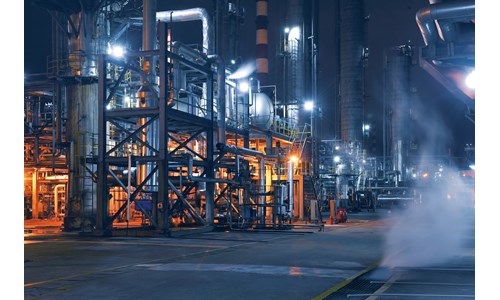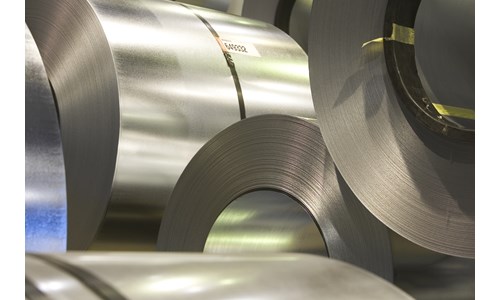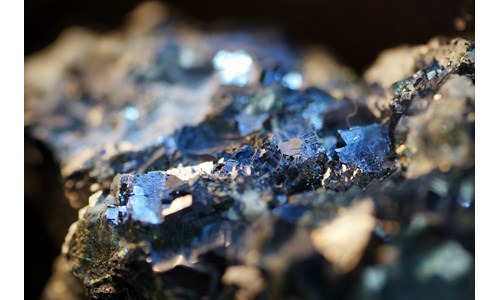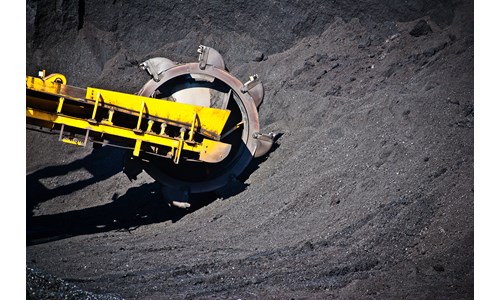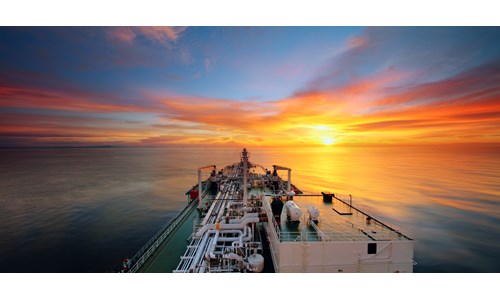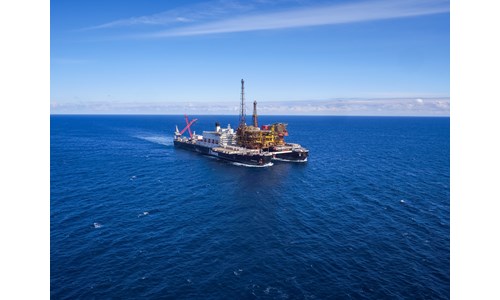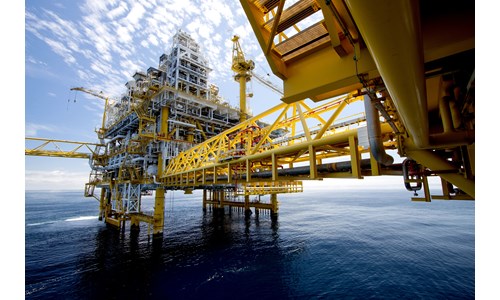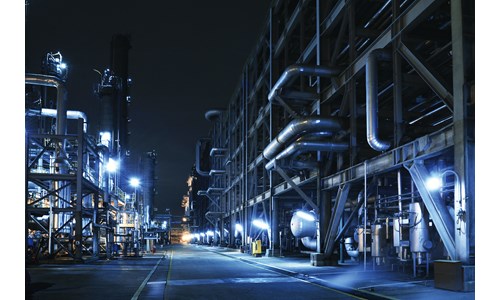Decarbonisation: Site emissions become a new metric for competitiveness
*Please note that this report only includes an Excel data file if this is indicated in "What's included" below
Report summary
Table of contents
- Global oil demand growth is to stall then demand is to fall
- Emissions reduction is key to achieve our net zero ambitions
- Significant investment is required to achieve site sustainability
- Portfolio rationalisation will be critical to focus investment on sustainable sites
Tables and charts
This report includes the following images and tables:
- Figure 1: Asian refinery carbon liability
- Figure 2: Emissions for middle distillate imports to EU from major exporters
- Figure 3: European Refining Competitive profile (2019, US$/bbl)
- Figure 4: Characterisation of site sustainability
What's included
This report contains:
Other reports you may be interested in
Can green steel technology be developed for real?
A deep-dive analysis of five non-BF technologies’ feasibility
$1,050What is driving offshore wind as a North Sea upstream decarbonisation solution?
Start-up of Hywind Tampen and new licensing rounds in the UK (INTOG) and Norway (Utsira Nord, Sørlige Nordsjø II) are building momentum.
$1,350Petroleum fiscal and licensing month in brief: royalty increase in Trinidad & Tobago will hit companies' bottom line
The fiscal and licensing month in brief will keep you up to date with fiscal system changes and licensing rounds with biddable fiscal terms.
$1,350





